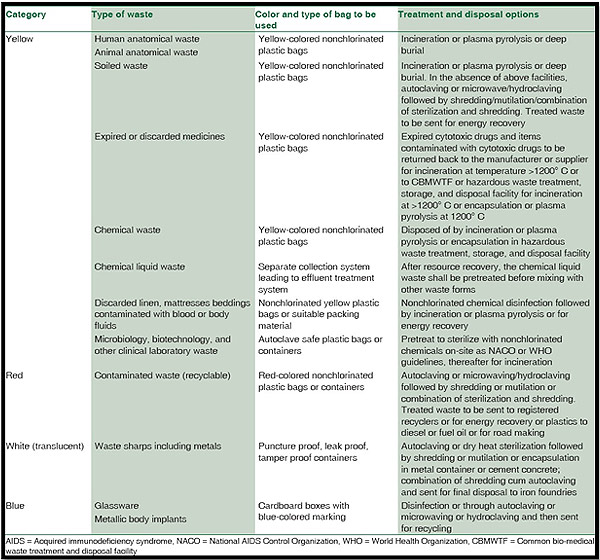The Main Principles Of Reclaim Waste
Table of ContentsReclaim Waste Can Be Fun For EveryoneExamine This Report on Reclaim WasteAbout Reclaim WasteThe Main Principles Of Reclaim Waste The Definitive Guide for Reclaim Waste
Domestic sewage waste refers to the waste and items from a residential septic storage tank. The correct administration and disposal of domestic sewer waste require fluid waste to be moved to a sewer treatment plant where the correct techniques and devices are applied to detoxify and dispose of waste.
Commercial waste often consists of potential dangers, such as combustible materials or a mixture of fluid and strong waste products, and calls for a more advanced and thorough disposal process. The disposal of commercial waste normally entails the filtration of waste prior to transport to ensure risk-free and appropriate disposal. Industrial waste is produced from results and runoff of commercial processes and manufacturing.
This kind of waste can not use the same sewer administration transportation or processes as septic or industrial fluids. The hazardous waste monitoring procedure needs the inspection and screening of liquid waste prior to it goes through the disposal process (liquid waste removal). Drainage waste is the liquid waste that comes from overflow and excess stormwater in extremely populated locations or cities
Runoff waste can create contamination and flooding if not managed correctly. Guaranteeing correct waste management can protect against disasters and minimize environmental damage.
The Facts About Reclaim Waste Revealed
Call PROS Providers today to find out about our waste administration and disposal solutions and the appropriate means to take care of the liquid waste you generate.
Do you recognize what happens to your water when you disengage, purge the bathroom or drain the cleaning maker? No? Well, it deserves recognizing. This supposed 'wastewater' is not only an essential source yet, after treatment, will be released to our land, rivers or the sea. Used water from commodes, showers, bathrooms, kitchen area sinks, laundries and commercial processes is called wastewater.

water made use of to cool machinery or clean plant and tools). Stormwater, a form of wastewater, is drainage that flows from agricultural and city areas such as roof coverings, parks, gardens, roadways, paths and gutters right into stormwater drains pipes, after rainfall. Stormwater streams neglected directly to local creeks or rivers, ultimately reaching the ocean.
The Main Principles Of Reclaim Waste
In Queensland, most wastewater is treated at sewage treatment plants. Wastewater is delivered from domestic or industrial websites via a system of sewers and pump terminals, called sewerage reticulation, to a sewage therapy plant. City governments construct, preserve and run most sewage therapy plants. Operators are licensed under the Environmental Management Act 1994 to discharge cured wastewater at an acceptable environmental criterion right into rivers.
The Department of Natural Resources suggests city governments regarding handling, operating and keeping sewage systems and therapy plants. In unsewered areas, local governments might require householders to set up individual or household sewage treatment systems to treat residential wastewater from toilets, kitchen areas, washrooms and laundries. The Division of Natural Resources authorises the usage of home systems when they are verified to be reliable.
The majority of stormwater receives no treatment. In some brand-new neighborhoods, treatment of some stormwater to remove clutter, sand and crushed rock has started using gross pollutant catches. Wastewater therapy takes place in four stages: Eliminates solid issue. Larger solids, such as plastics and various other objects wrongly released to sewage systems, are removed when wastewater is travelled through screens.
Wastewater then streams into big tanks where solids clear up and are eliminated as sludge. Grease and scum are skimmed from the surface area. Utilizes tiny living organisms recognizes as micro-organisms to damage down and remove continuing to be dissolved wastes and great particles. Micro-organisms and wastes are integrated in the sludge. Eliminates nitrogen and phosphorus nutrients that might create algal blossoms in our waterways and threaten aquatic life.
Fascination About Reclaim Waste
Nutrient elimination is not readily available at all sewer therapy plants since it needs expensive specialised equipment. Clear fluid effluent produced after treatment might still have disease-causing micro-organisms - liquid waste disposal melbourne.

This normally indicates wastewater needs to be dealt with or impurities removed before it can be released to waterways. A lot of wastewater moves right into the sewerage system. Under the Act, city governments administer approvals and licences for environmentally relevant tasks (Periods) involving wastewater releases that may have a regional effect. The division carries out approvals and licences to Periods including wastewater releases that might have a regional or statewide impact.
Some Of Reclaim Waste
Surveillance provides valid details regarding water quality and can verify that permit conditions are being fulfilled. The information gotten through tracking gives the basis for making water top quality decisions.
Comments on “The Only Guide for Reclaim Waste”